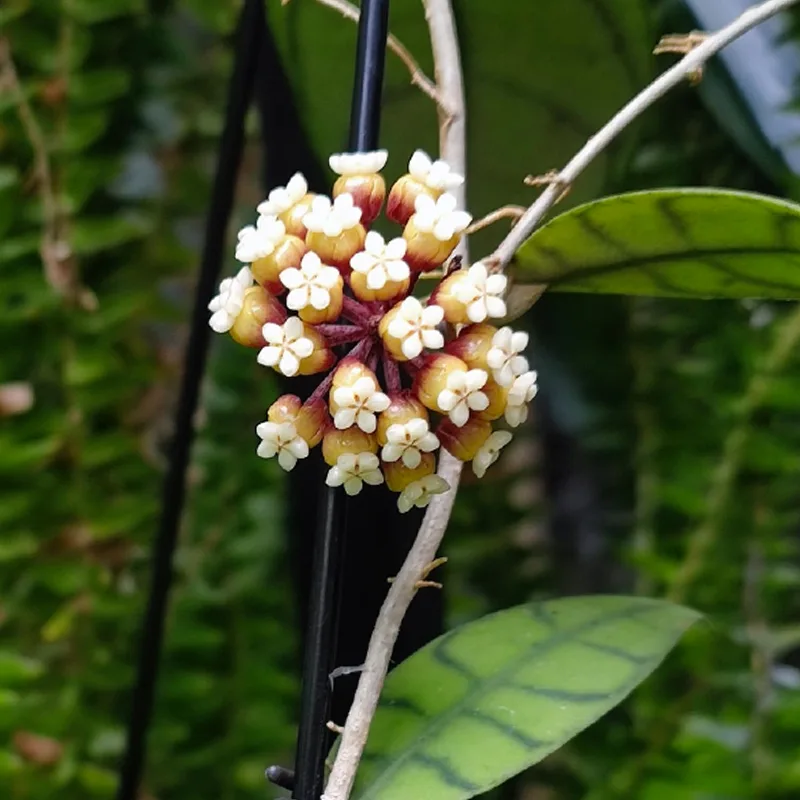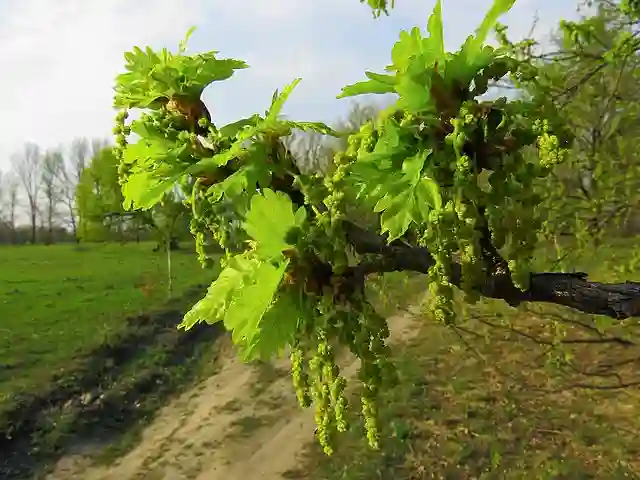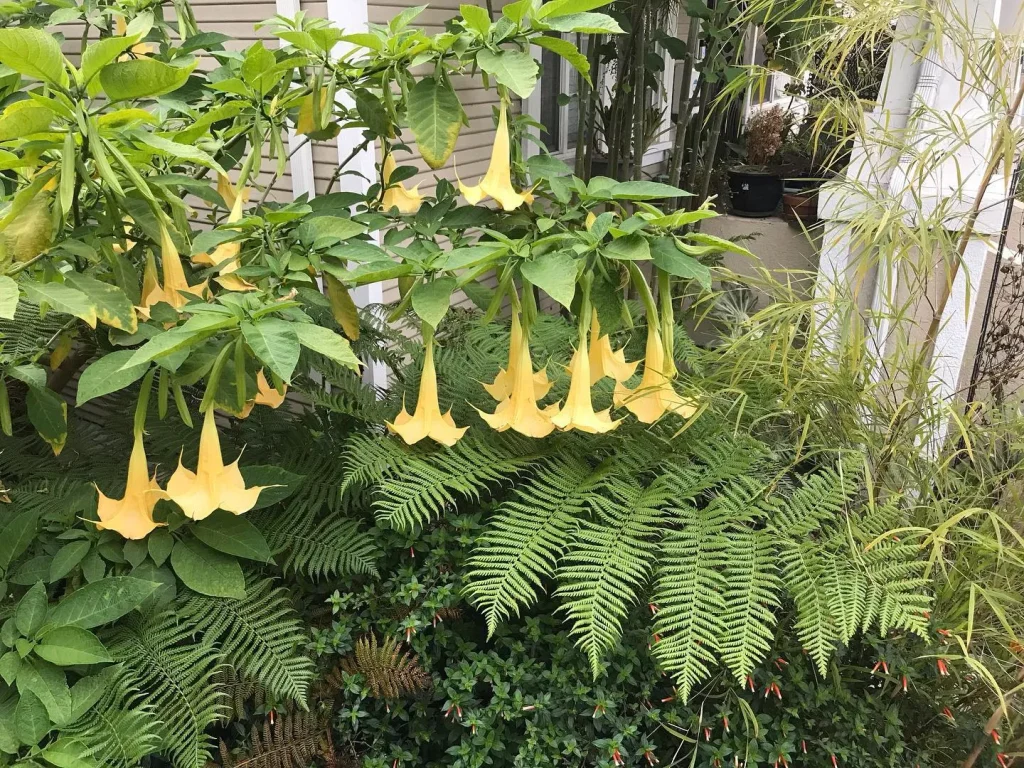FAQs About Iberis Snowsation: Everything You Need to Know
When I first encountered Iberis Snowsation, I was intrigued by its beautiful, snow-white blooms and compact growth. As I’ve spent time with this delightful plant, I’ve come across several common questions and concerns that I want to address. Whether you’re a seasoned gardener or just starting out, this guide will help you understand everything about Iberis Snowsation, from its care to its benefits.
32 Species in Genus Iberis
What Is Iberis Snowsation?
Iberis Snowsation, also known as Candytuft, is a perennial plant celebrated for its stunning, pure white flowers. It belongs to the Brassicaceae family and is well-loved for its ability to create a blanket of color in garden beds and containers. The plant typically grows 8-12 inches tall and spreads about 12-18 inches wide. It’s known for its dense foliage and a profusion of blooms that make it a standout in any garden.
How to Care for Iberis Snowsation
Taking care of Iberis Snowsation is relatively simple. Here’s a rundown of its needs:
- Sunlight: This plant thrives in full sun, so place it in an area where it receives at least 6 hours of direct sunlight daily. In less sunny areas, it may become leggy and produce fewer blooms.
- Soil: Iberis Snowsation prefers well-drained soil. It’s not overly picky about soil type but does best in slightly alkaline to neutral conditions. Good drainage is crucial to prevent root rot.
- Watering: While it’s drought-tolerant once established, regular watering is important during its growing season. Water when the top inch of soil feels dry, but avoid overwatering.
- Fertilization: Feed your Iberis Snowsation with a balanced, all-purpose fertilizer in early spring. A light application every few months will keep it healthy and encourage more blooms.
- Pruning: Deadhead spent flowers to encourage new blooms and maintain a tidy appearance. In late winter or early spring, trim back the plant to remove any dead or damaged growth.
How to Propagate Iberis Snowsation
Propagating Iberis Snowsation is straightforward:
- Seeds: Start seeds indoors 6-8 weeks before the last frost. Sow them on the surface of moist seed-starting mix and lightly press them down. Keep them in a warm, sunny location. Transplant seedlings outdoors after the risk of frost has passed.
- Cuttings: You can also propagate through cuttings. Take 4-6 inch cuttings from the tips of healthy plants in late spring or early summer. Dip the cut end in rooting hormone and plant in a well-draining potting mix. Keep the cuttings in a humid environment until they establish roots.
What to Plant With Iberis Snowsation
Iberis Snowsation pairs beautifully with a variety of other plants:
- Perennials: Combine it with other low-growing perennials like Creeping Jenny or Sedum. The contrast between the white blooms of Iberis and the vibrant foliage of these plants creates a visually appealing garden bed.
- Annuals: For a splash of color, consider planting with annuals such as Petunias or Geraniums. These will complement the white flowers and extend the color show throughout the growing season.
- Grasses: Ornamental grasses like Blue Fescue or Lamb’s Ear provide a lovely contrast to the dense, floral display of Iberis Snowsation.
Benefits of Iberis Snowsation
Iberis Snowsation offers several benefits:
- Low Maintenance: It’s a hardy, low-maintenance plant that doesn’t require constant attention.
- Long Bloom Period: It provides a long period of bloom from late spring to early summer, brightening up your garden.
- Versatile: Great for borders, ground covers, or container planting.
- Drought Tolerant: Once established, it handles dry conditions well, making it a good choice for low-water gardens.
Is Iberis Snowsation Toxic?
No, Iberis Snowsation is not considered toxic to pets or humans. However, it’s always a good idea to discourage pets from chewing on plants.
Common Problems with Iberis Snowsation
While Iberis Snowsation is generally trouble-free, a few issues can arise:
- Powdery Mildew: This fungal disease can occur, especially in humid conditions. Ensure good air circulation around the plant and avoid overhead watering.
- Root Rot: Overwatering or poor drainage can lead to root rot. Make sure your plant has well-drained soil and avoid waterlogging.
Comparing Iberis Snowsation to Similar Plants
You might wonder how Iberis Snowsation compares to other similar plants:
- Iberis Sempervirens: Often confused with Snowsation, this is another popular Candytuft variety but tends to have a more sprawling growth habit and slightly different foliage.
- Arabis (Rock Cress): Another ground cover with white flowers, but typically smaller in stature and less dense compared to Iberis Snowsation.
In summary, Iberis Snowsation is a beautiful, low-maintenance plant that can enhance any garden with its striking white blooms. Whether you’re new to gardening or an experienced green thumb, this plant is worth considering for its aesthetic appeal and ease of care.
If i die, water my plants!



